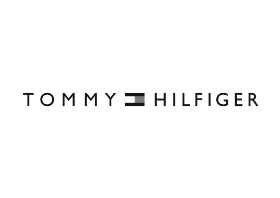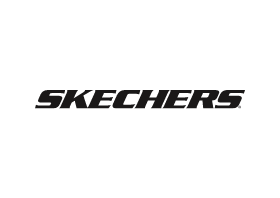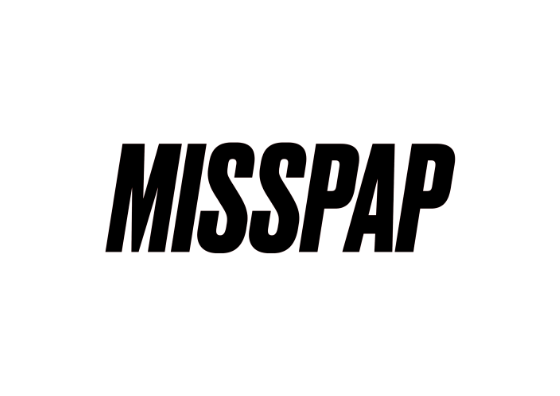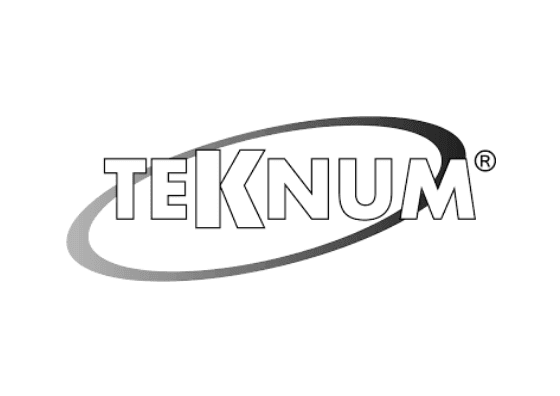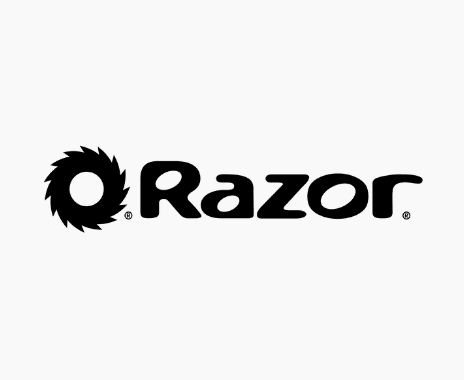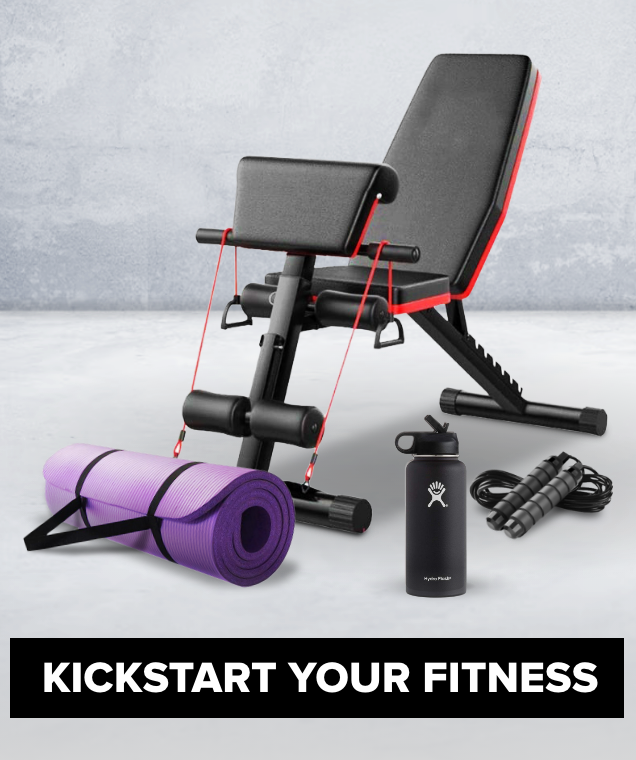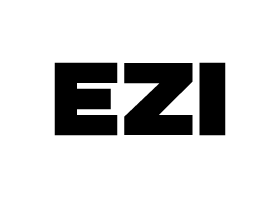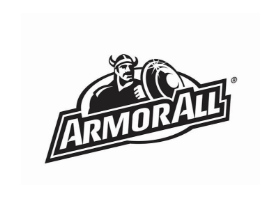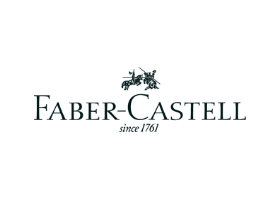1
Available Soon
Specifications
| Publisher | Osprey Publishing |
| ISBN 13 | 9781472843203 |
| ISBN 10 | 1472843207 |
| Book Description | A new study of the German Panzer forces that stood between the Allies' D-Day beachhead and victory in World War II how they compared, how they were organized, and how they fought. The German tank forces in Normandy in JuneAugust 1944 had the advantage of fighting on the defensive side, as well as comprising of some of the most powerful and advanced tanks used by any side in the war. Yet success in tank warfare depends on many things beyond technological superiority. This book describes the types of tanks, tank destroyers and assault guns used by the Panzer units in Normandy, how they fought on the Normandy battlefield, and why they were overwhelmed by the advancing Allies. It discusses the organization and equipment of the units, providing thumbnail sketches of basic organization and doctrine as well as statistical data on the types and categories of AFVs in German service. |
| About the Author | Steven J. Zaloga received his BA in History from Union College and his MA from Columbia University. He has worked as an analyst in the aerospace industry for three decades, covering missile systems and the international arms trade, and has served with the Institute for Defense Analyses, a federal think tank. He is the author of numerous books on military technology and history, including NVG 294 Allied Tanks in Normandy 1944 and NVG 283 American Guided Missiles of World War II. He currently lives in Maryland, USA.Felipe Rodrguez Nez (aka Felipe Rodna) was born in 1976, and lives with his wife and two sons in Salamanca, Spain, where he works as an architect and computer graphics artist. He combines his experience in CG art and his passion for modelling in his illustrations, where he looks for a good balance between technical detail and craft. |
| Language | English |
| Author | Steven J. Zaloga |
| Language | English |
| Publication Date | 8/19/2021 |
| Number of Pages | 48.0 |
German Tanks in Normandy 1944: The Panzer, Sturmgeschtz and Panzerjger forces that faced the D-Day invasion
Added to cart
Cart Total SAR 0.00


















